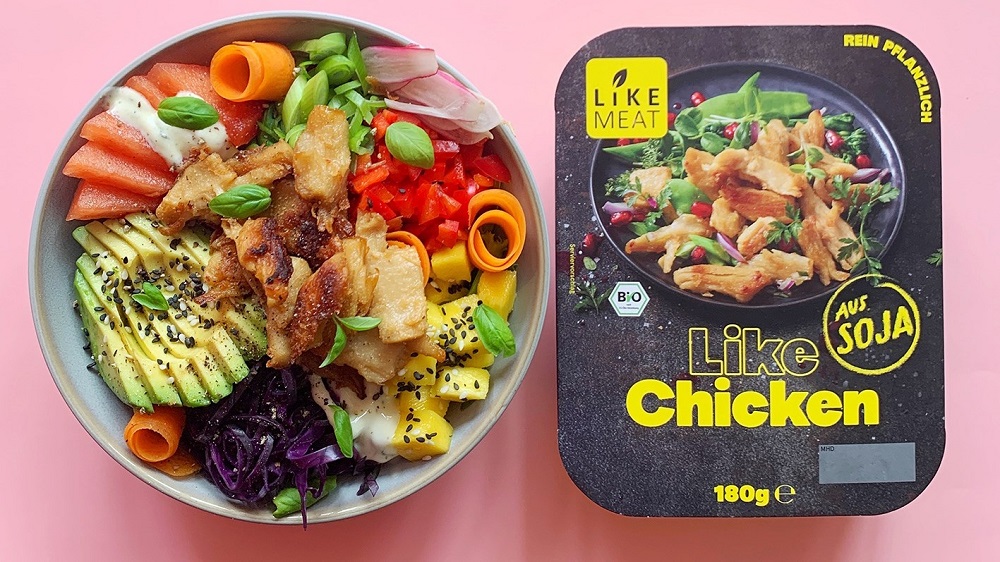By Roger Lienhard, Founder & Executive Chairman of Blue Horizon
It seems like pea protein is quickly becoming the world’s new favorite plant-based protein. It has become the preferred ingredient of many meat alternative brands. Instead of burgers made with environmentally destructive beef, we have meatless burgers that taste more like beef with every improvement made from a pulse that’s measurably better for the environment.
Soy once ruled the plant protein landscape. Used by humans for thousands of years, soy was a crucial crop in East Asia long before health food markets stocked tofu, tempeh, and early mock meats. It’s still important to this day, albeit with a bad rap mostly linked to environmental impact (even though most soy is grown for animal feed, not for human consumption) and fear-mongering around hormones (Soy is safe to eat—again, it’s been a staple in East Asia for centuries and brands like Oumph! use it to make plant-based meat).
With its $100 million invested in plant protein, Canada clearly sees pea protein as a cash crop; it’s right. Pea protein has enormous potential. It’s up-and-coming: by 2025, yellow pea consumption is expected to reach 580,000 tonnes. Pea protein also has an environmental advantage: it can be used in regenerative farming. Due to industrial agriculture, much of the carbon in soil has been depleted. Yellow peas can help. They also store nitrogen from the air in the roots, making them ideal for crop rotation as well. On top of that, they’re allergen-friendly.
Meat substitutes have achieved mainstream appeal, thanks to the path paved by Beyond Meat (which makes its signature products from pea protein) and Impossible Foods and increased consumer consciousness surrounding sustainability. It’s a recognition that plant-based options are something for everyone at any time.
A lot of credit for the “realistic” plant-based meats of today goes to the vast improvements in food technology. Today soy protein is used by brands such as Germany’s LikeMeat to create realistic meat substitutes that aren’t just a product stashed away in the vegetarian freezer hidden in the back corner of the supermarket. LikeMeat also uses yellow peas to make its Curry Chicken and Smoked Sausages and going forward, they plan to use them to make more products.
Beyond soy and peas, we have mung bean protein; another newcomer that has also proven to be a versatile ingredient for the plant-based food industry. With mung bean protein, we can make a plant-based egg that cooks into fluffy omelets, scrambles, and quiches. Fermented yeast is also carving out space, able to be turned into plant-based egg whites and dairy-free whey and casein, unlocking countless possibilities for the dairy-free space. Algae protein may be another ingredient to keep an eye on; though, a little more research is needed before we can say that for sure.
The growing roster of plant-based proteins is less about a battle to see which one comes out on top. Compared to animal protein, all of these are far more sustainable, they take up less land, and better for human (and animal) health. Research also suggests that moving toward plant-based protein will help us feed the growing world population. More options will allow us to continue creating the most appealing product possible; things are good now, but they can always be better. And to make the biggest impact, we need plant-based meat to be not only at its best, but also accessible enough where it’s available in every supermarket chain at an affordable price (but more on how we can make that happen here). That is how we’ll transform the global food system; not by sticking to the old-fashioned ways of doing things, but by branching out and embracing the next frontier of plant-based protein for all.

